Antonov’s Heavy Transports: From the An-22 to An-225
1965 to the Present
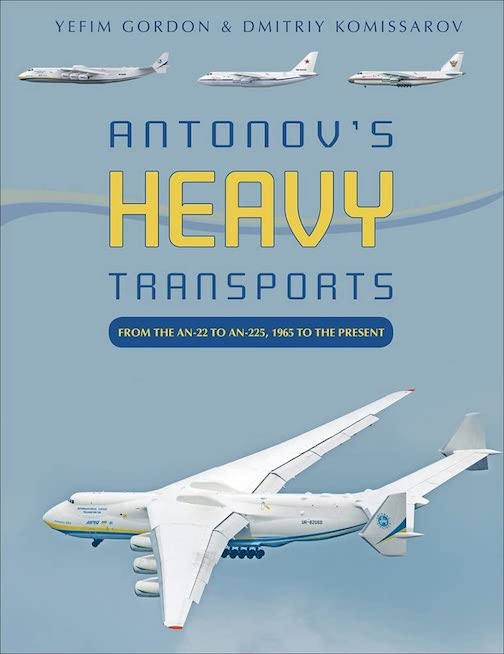 by Yefim Gordon and Dmitriy Komissarov
by Yefim Gordon and Dmitriy Komissarov
“Even now, at 54, the An-22 is still an impressive aircraft; back then, it simply overawed the aviation community and firmly established Antonov’s reputation as one of the world’s leading constructors of heavy transport aircraft.”
Mirror, mirror on the wall, who is the heaviest of them all? That would be the Antonov An-225 Mriya (max takeoff weight 640 tons) which means dream or inspiration. The only complete one was destroyed just about a year ago by the Russians in the Battle of Antonov Airport, and the Ukrainians’ intention of building up the only other existing airframe is for the time being just that, a dream. Why the first one didn’t get evacuated in time, despite NATO nudging, is mired in controversy and surely worth its own book one day. All the more reason to at least learn about it and its impressive predecessors in this excellent book about Antonov’s family of Big Lifters.
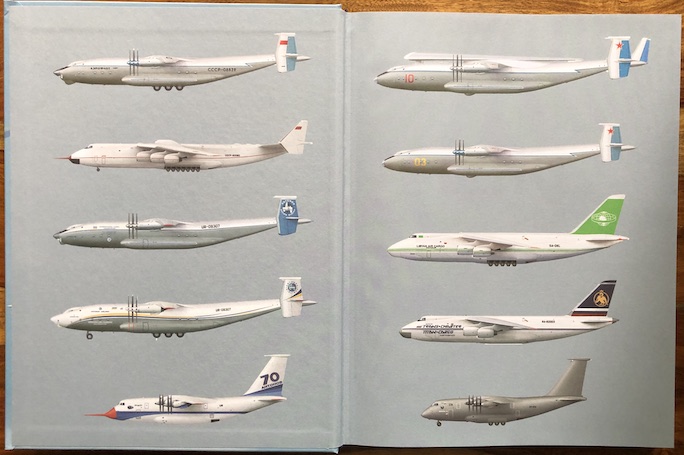
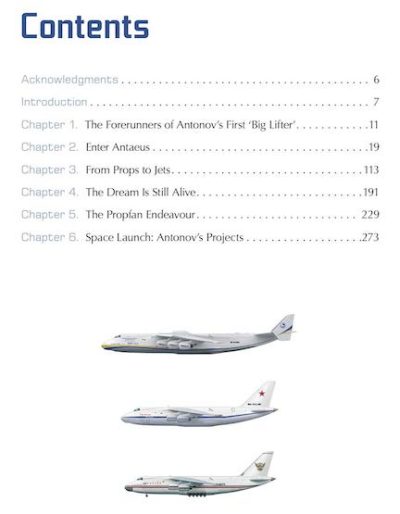
The TOC is rather slim but the Index is very deep.
First things first: If you don’t find heavy transports sexy, go to the back of the class and hang your head in shame. Authors Gordon and Komissarov have produced, translated, and contributed to so many books already that they are sort of a brandname and can be relied upon to put forth work that can be counted as definitive. Here, color profiles by Viktor Mil’yachenko (markings and color schemes will be of great interest to modelers) and US publisher Schiffer’s top shelf production add luster compared to previous work. Also, on the editing/proofreading front there is notable improvement. A bit of a departure is that there are relatively few technical drawings.
After first summarizing the predicament of the Soviet Air Force in the interwar years not having any dedicated specialized military transports and instead making do with converted bombers and airliners, the story begins in earnest in 1955, three years after the Antonov design bureau had relocated from Novosibirsk to larger facilities, in Kiev. (You’ll be picking up plenty of foreign names here—places, people, firms, aircraft etc.—often along with pronunciation hints). It should go without saying that you have to have a high tolerance for deep dives into technical data, performance figures and design minutia etc. Those aspects are, after all, what makes a book “definitive.”
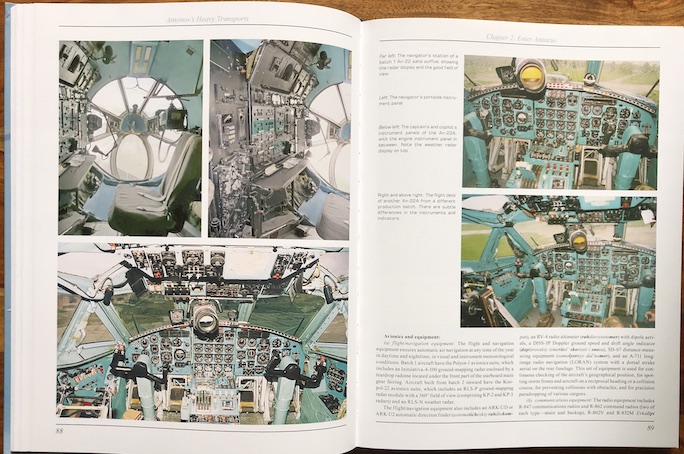
How it all works.
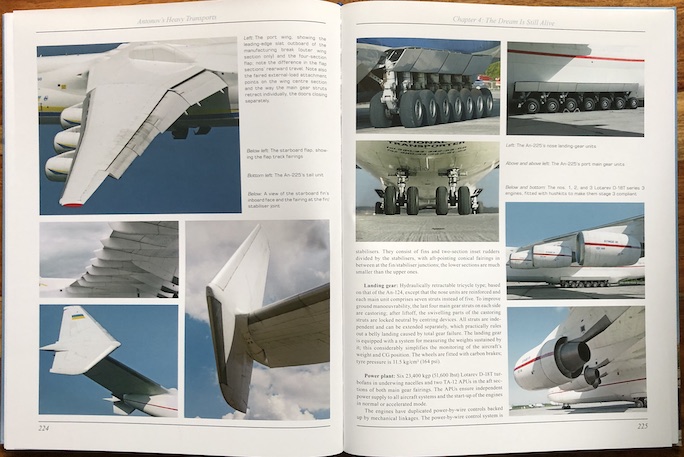
The principal aircraft covered in depth (design, development, operational service) are the An-22 (Antey), An-124 (Ruslan), An-225 (Mriya), and An-70 along with propfan developments related to it. Additional consideration is given to unbuilt variants that were to launch (not just transport) space vehicles. Tables called “Fleet Histories” list, for each type, all airframes’ construction number, registration code, and fate.
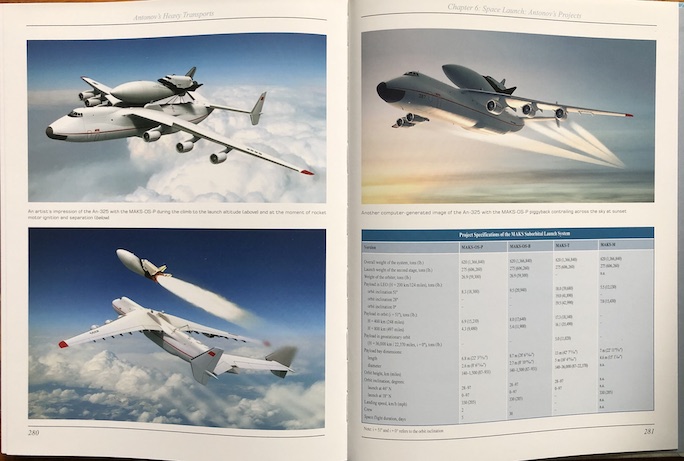
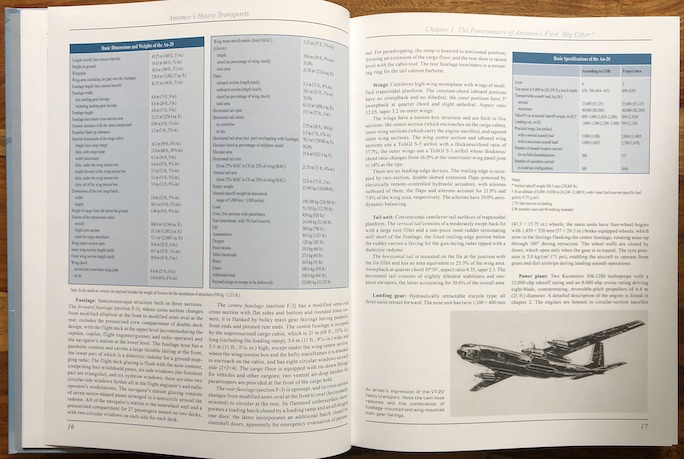
Some specs are set apart in tables but there are plenty worked into the flow of the narrative.
If you are into serious aviation literature you know who the significant publishers are. It is rarely useful or possible to make apples-to-apples comparisons but it is undeniable that Schiffer has a quite outstanding track record of giving you the most book for the money.
Copyright 2023, Sabu Advani (Speedreaders.info)


 RSS Feed - Comments
RSS Feed - Comments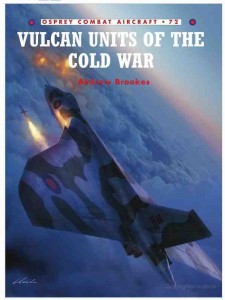



















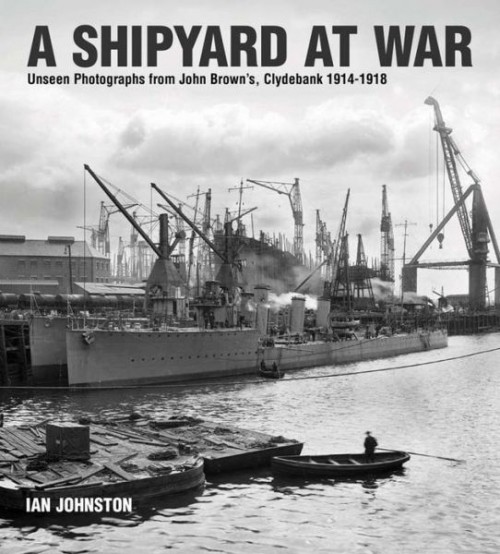






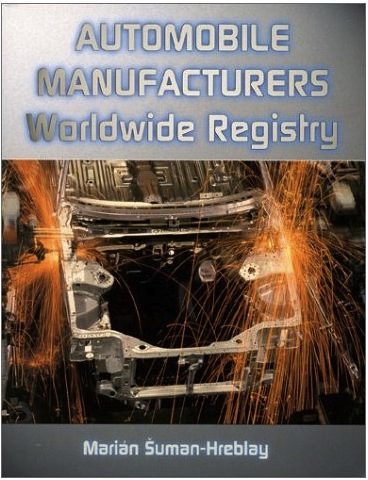





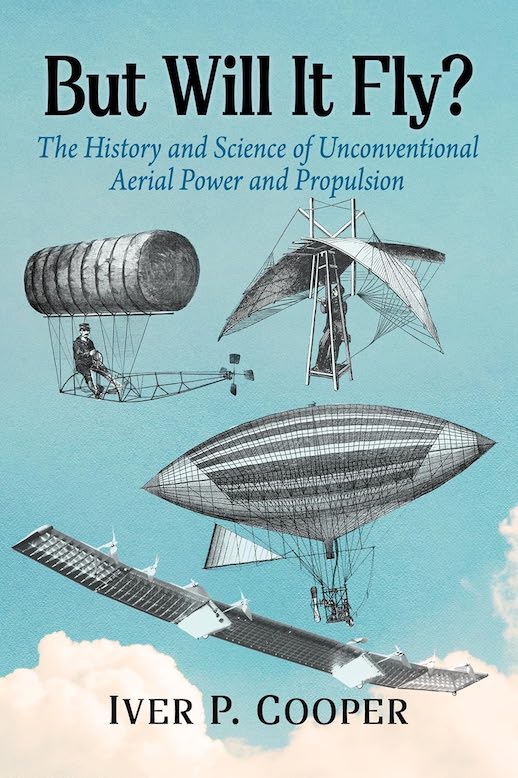


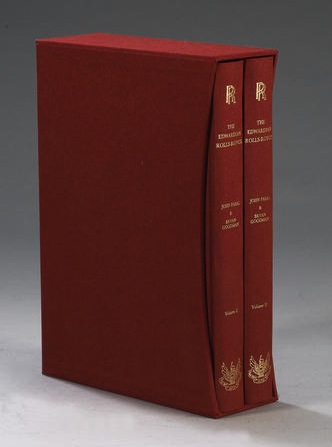


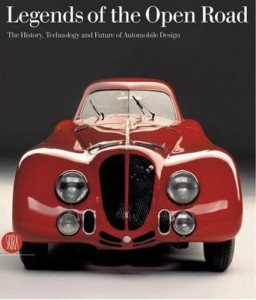



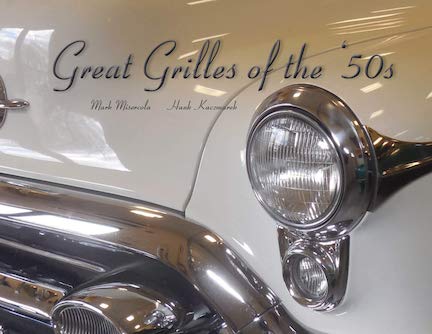

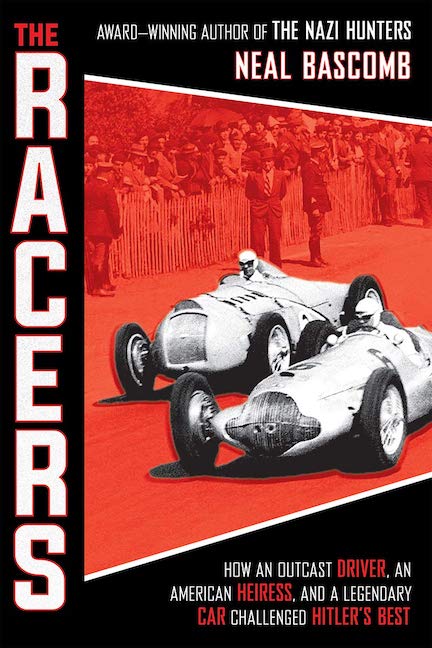











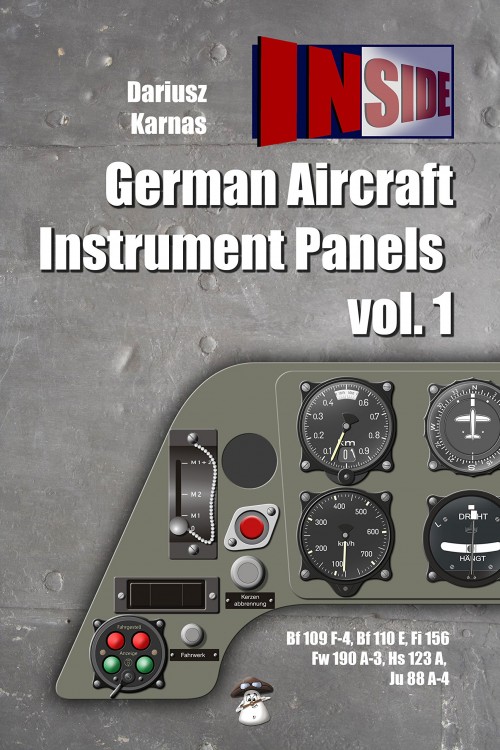





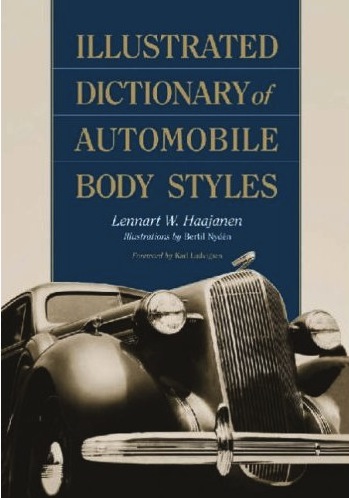







 Phone / Mail / Email
Phone / Mail / Email RSS Feed
RSS Feed Facebook
Facebook Twitter
Twitter